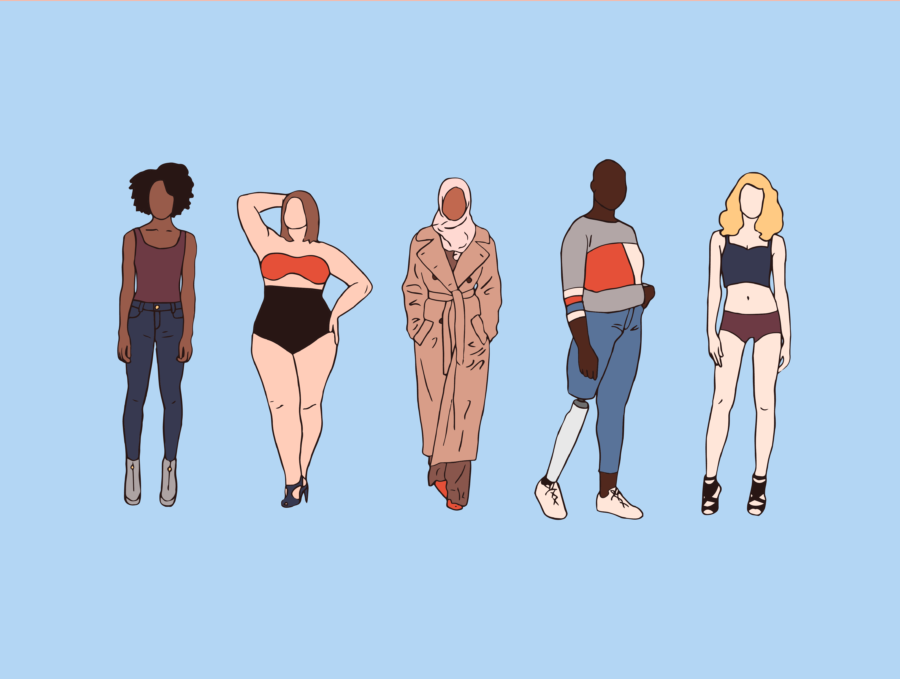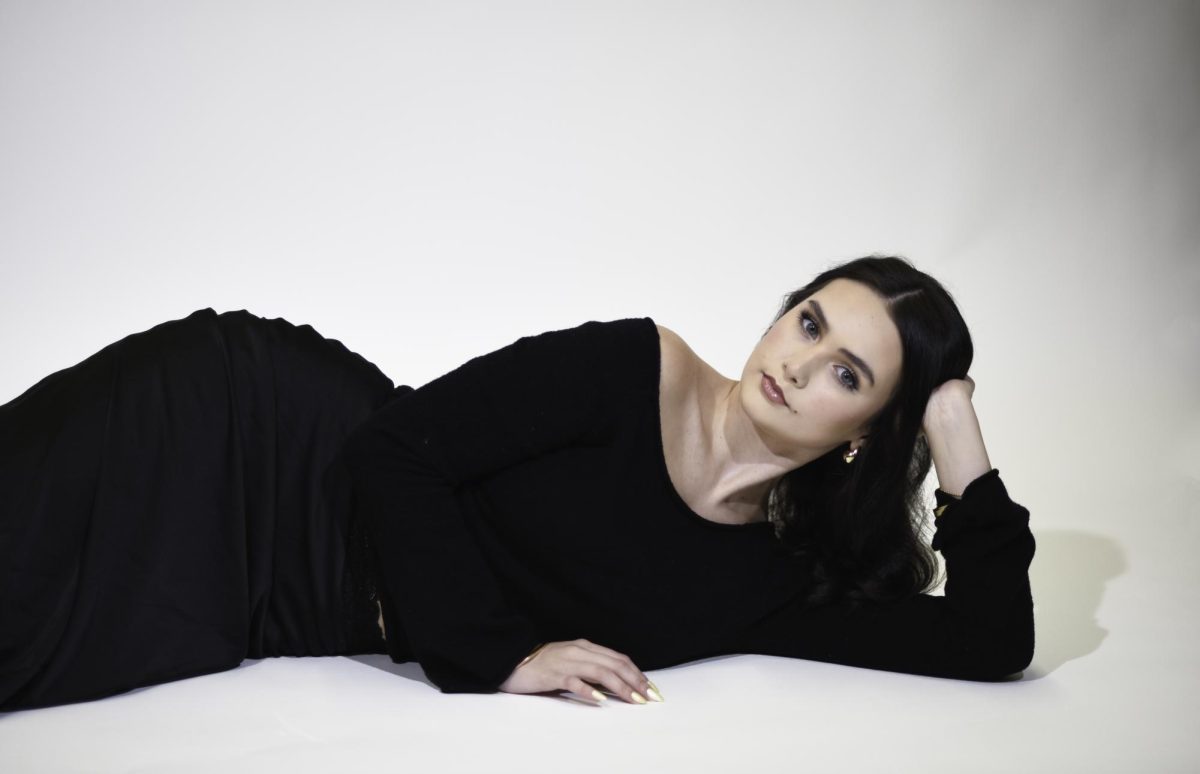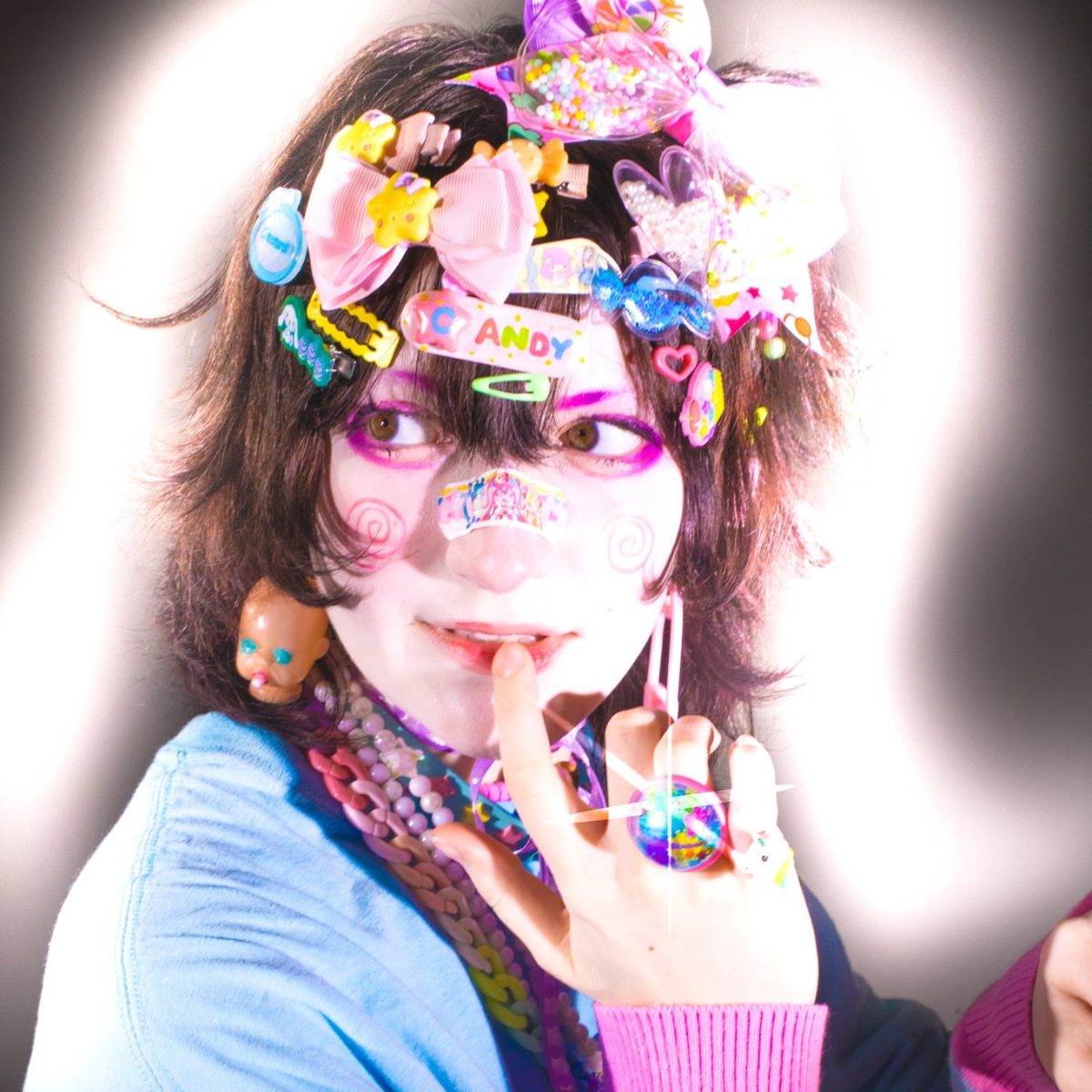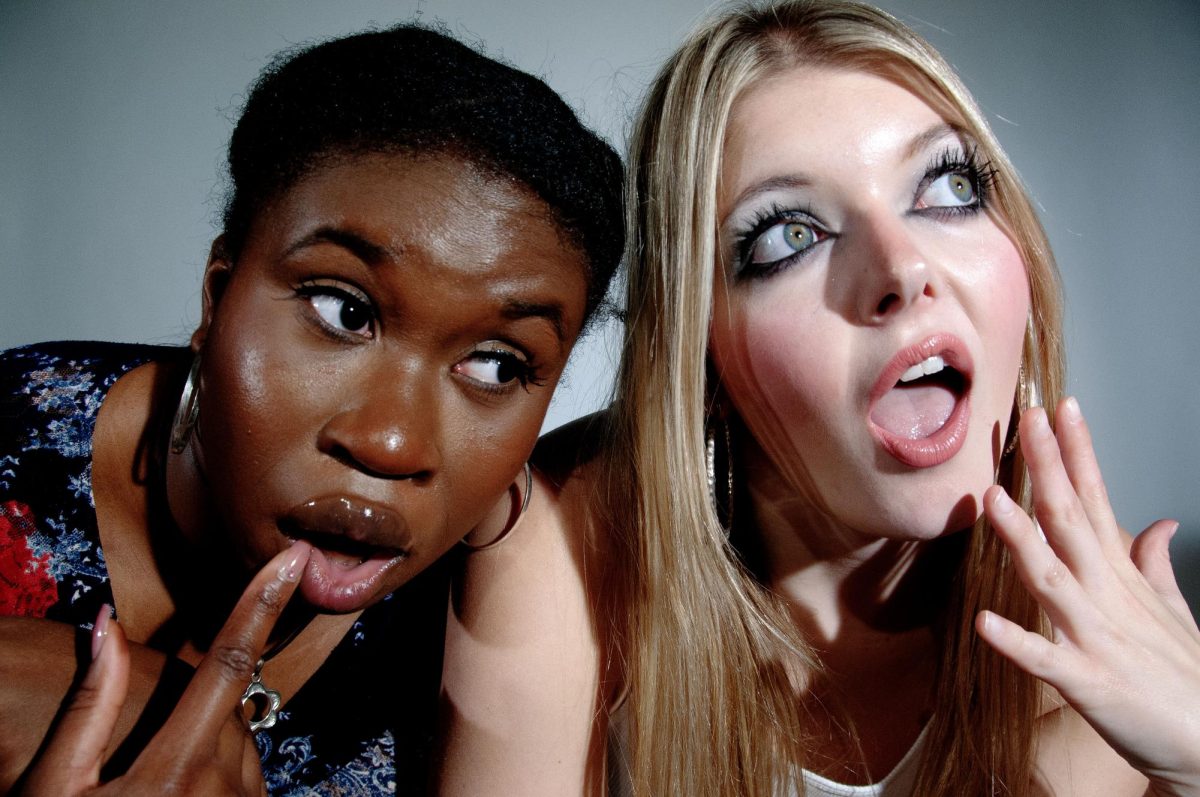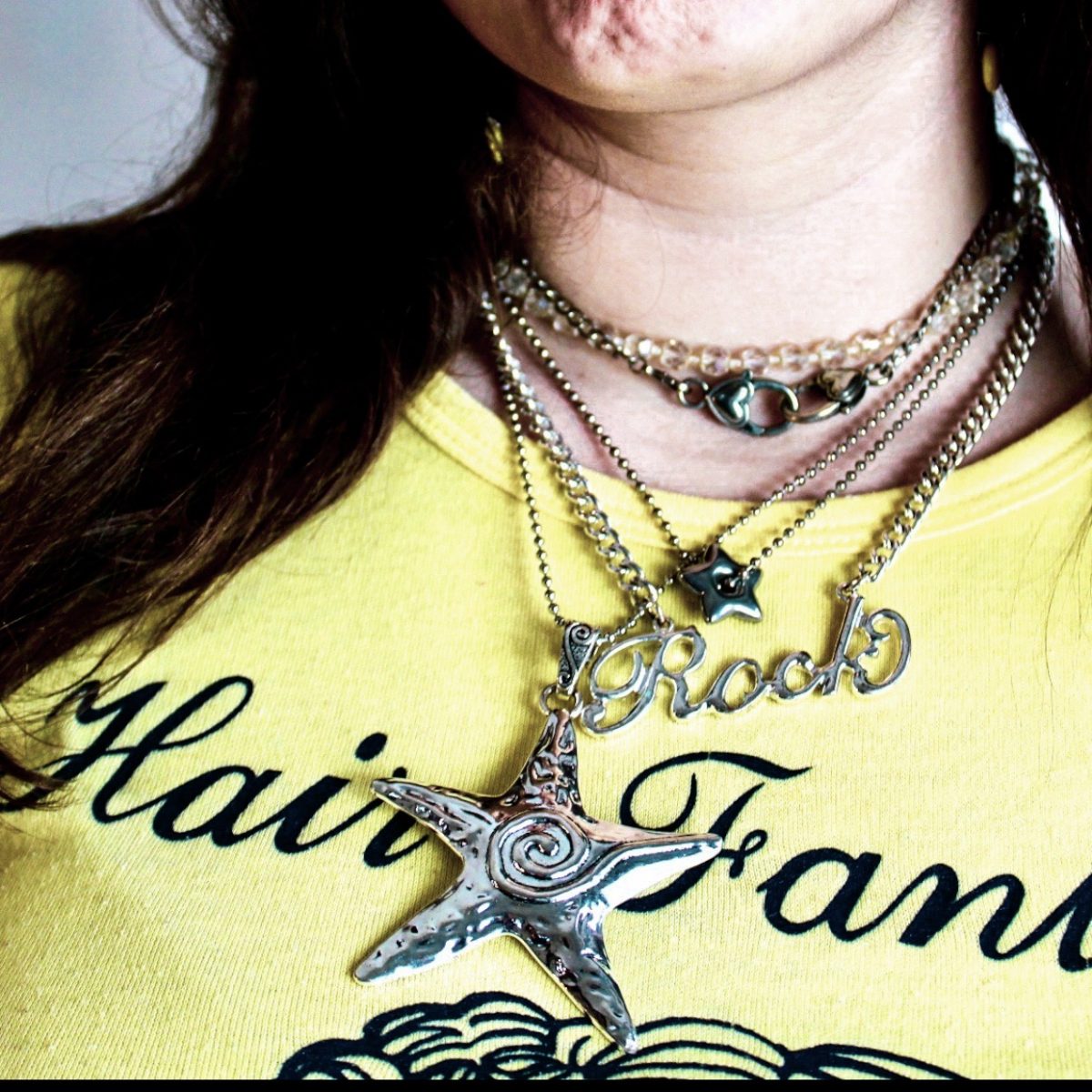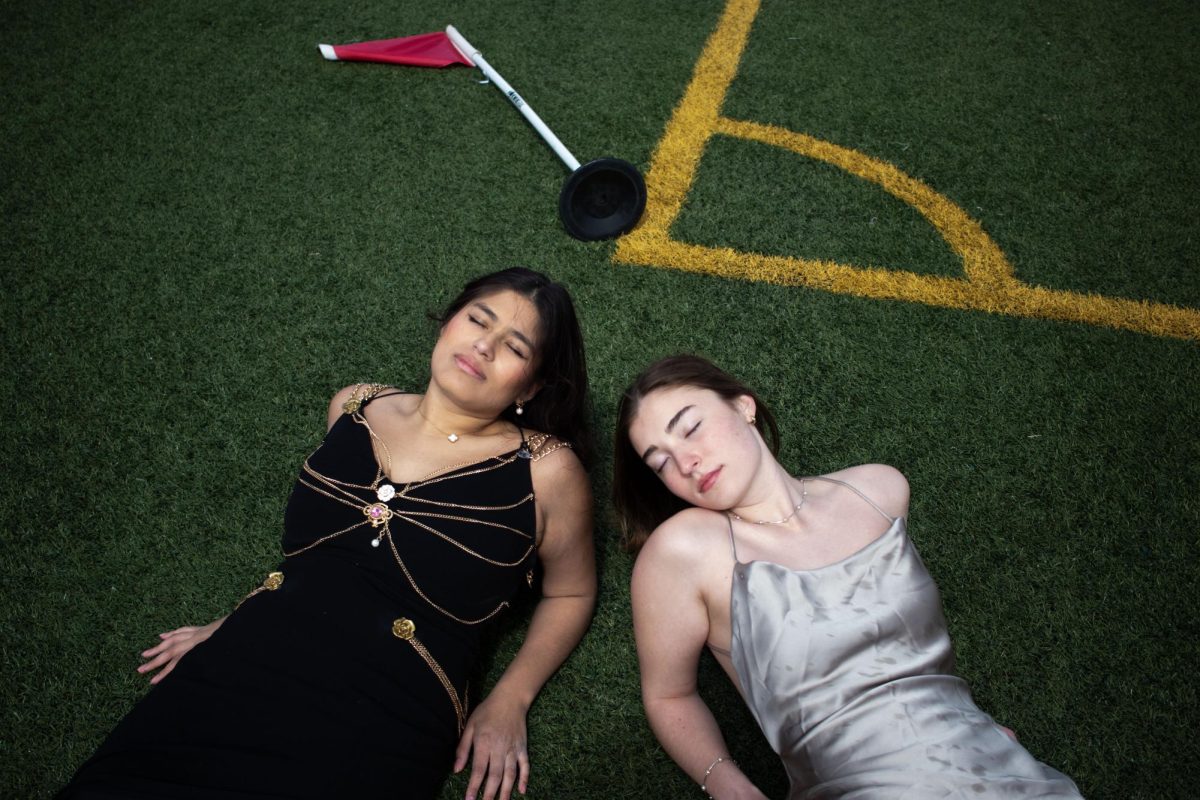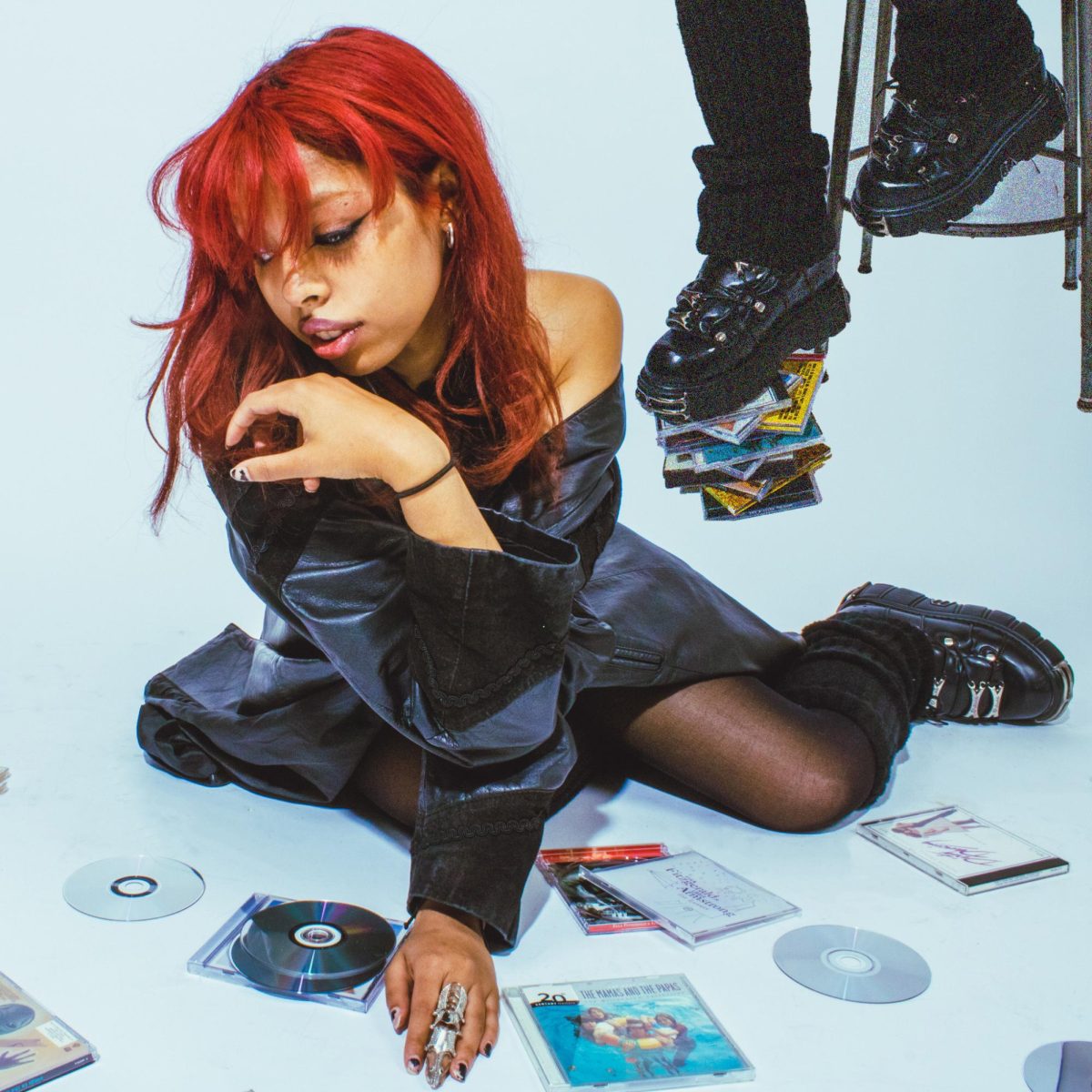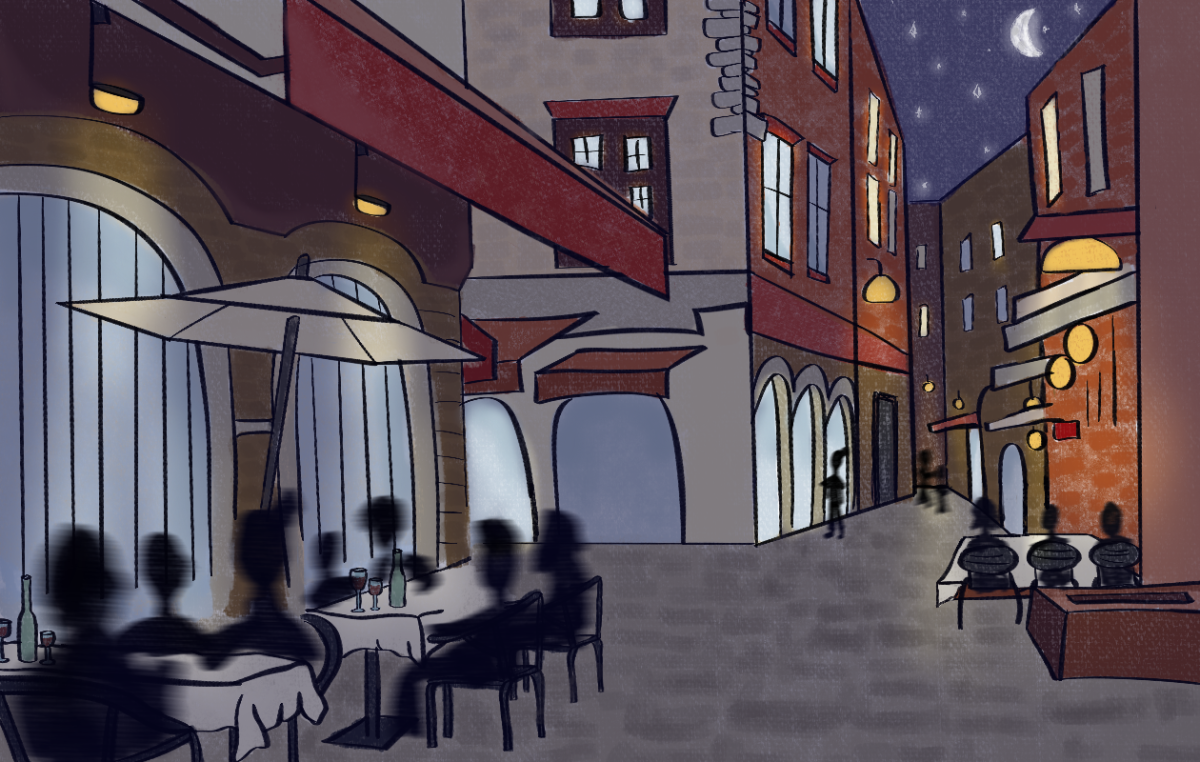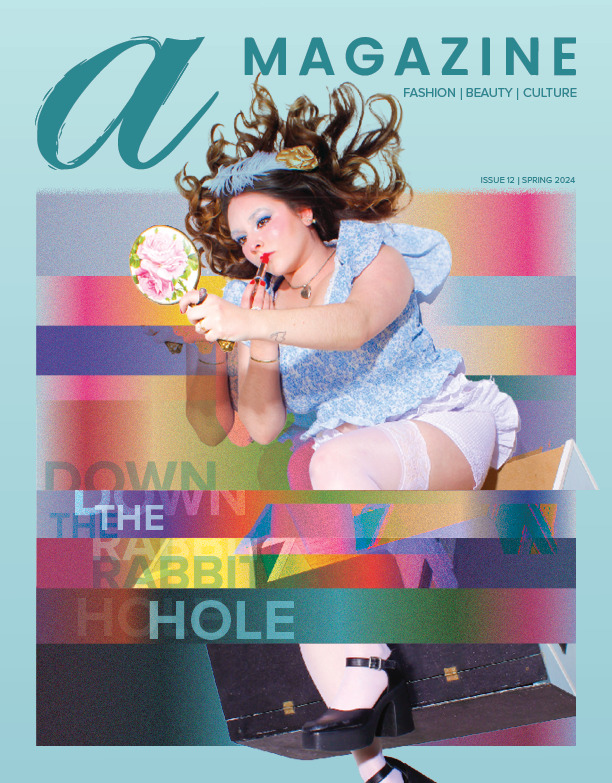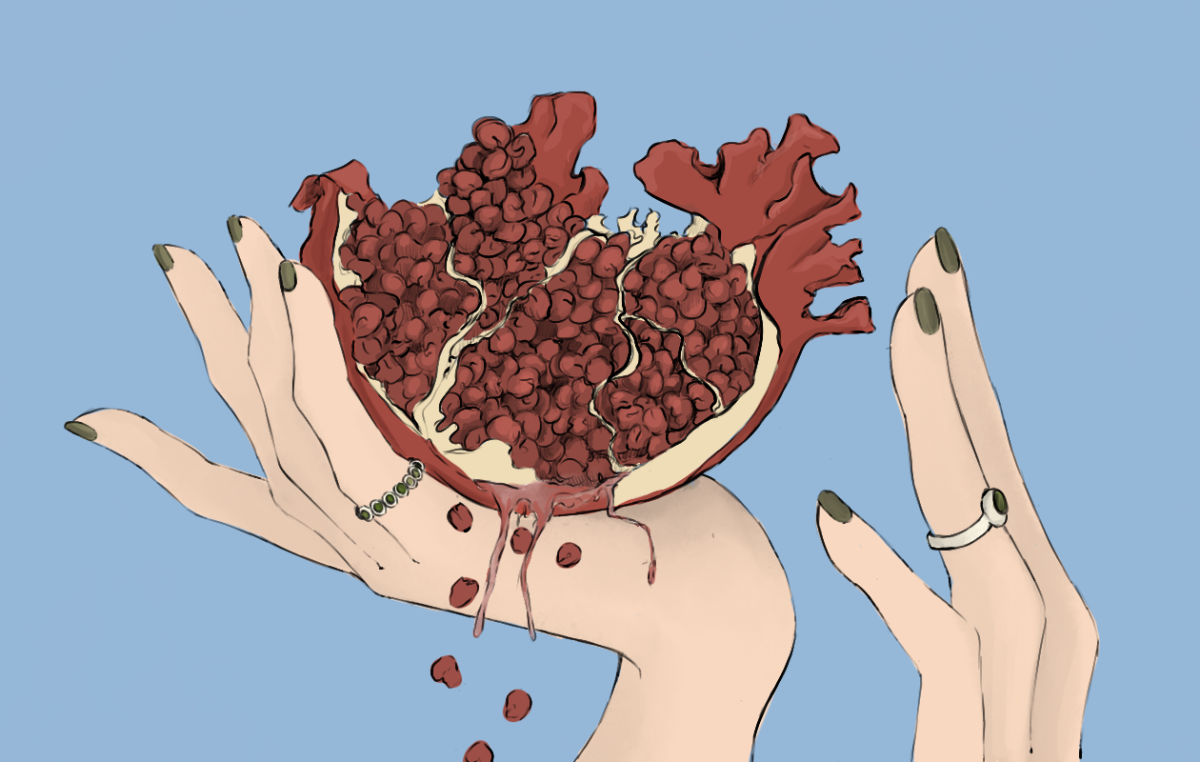It’s been a long road when it comes to inclusivity within the modeling industry. For most of modeling history, there has usually been one standard of beauty represented on both the catwalk and in print. However, in the past decade, there have been huge strides towards more inclusivity in the industry. Freshman fashion merchandising major Kenley Geitgey is a model and says she has seen increasing inclusivity in the industry.
“I have seen more inclusivity within the industry because when I first started modeling years ago, it was that very standard tall, skinny, Caucasian, blonde female model that was most preferred by designers and photographers,” Kenley said. “Whereas nowadays, it seems to have shifted to acceptance of more shapes, sizes, sexualities and ethnicities by designers. They’re starting to want more ‘androgynous’ and ‘unique’ looks than that standard and they pull from minorities to do this.”
With the rise of social media, where it is easier for us to call out the lack of representation we see constantly, many brands and designers are becoming more aware of their responsibility to show more representation of different sizes, religions, ethnicities and communities within fashion.
Plus Size Models
One of the biggest strides that has been taken is the increase of plus sized models. For the longest time, models consisted of sizes zero to four. This is because for most of history, our standard definition of beauty was tall and thin. Once fashion magazines and runway shows entered the scene, that standard still remained. But now, after years of fighting that standard image of beauty, there has been a rise of curvier models. Considering that the average American woman is a size 12 to 14, curvier models should have been represented since the beginning and yet this started to happen in more recent years. There are many designers, bloggers, models and influencers who have played a factor in this. Fashion and body positive bloggers such as Gabi Fresh and Marie Denee used their social media platforms to help pave the way for the world to see the importance of including plus size fashion. Fashion designer Eden Miller was the first to have an all plus size collection walk in New York Fashion Week back in 2013. Since then, many designers have started to include curvier models in their collections such as Christian Siriano, Chromat, Tadashi Shoji, Kate Spade and Michael Kors. This has paved a way for better recognized plus size models such as Ashley Graham, Iskra Lawrence, Tess Holliday, Hayley Hasselhoff and Bella Golden.
Models of Color
On the path of inclusivity, representing models of color has been one of the longest battles in the fashion industry. Models of color did not start to really grace the runway and magazines until the late 1900s. There are quite a few well-known models of color that helped open doors for future models. Some of those models are Iman, Naomi Campell, Tyra Banks and Beverly Johnson. Although models of color are still a minority in the industry, each year the amount of ethnic models seems to increase. Last year, New York Fashion Week’s Spring 2019 was declared to be one of the most diverse seasons in race, size and age. Of course, many designers are embracing diverse culture and translating that into their model castings, such as Rihanna who had an extremely diverse model casting of all races for Savage x Fenty.
LGBTQ+ Models
As the fight for LGBTQ+ rights continues, many have also questioned why there hasn’t been much representation of the community. Similar to other ways of inclusivity, LGBTQ+ models are starting to become more represented on national campaigns and on the catwalk. In 2019, Valentina Sampio made history by being the first openly transgender woman to be cast for Victoria Secret, and back in 2018 Burberry dedicated their collection towards support to LGBTQ+ youth by creating all the looks with reference towards brightly colored pride flag. The world is finally starting to see more inclusivity in models on the covers of the magazines we read and on the catwalk of fashion shows we view every day.
Hijab Inclusivity
Being religiously inclusive is one of the newer ways of inclusivity in the modeling industry, but it is one of the most important, especially in the American market. America takes pride on being one of the bigger countries that has freedom of religion and yet for years, that was not represented within the fashion industry. The most prominent example would be the Muslim community and wearing hijabs. Even though there are many Americans who are Muslim, it is extremely rare for anyone to see a model wearing a hijab on the catwalk or in the magazines. That is slowly starting to change in the fashion industry. For example Halima Aden became the first model to wear a hijab in Sports Illustrated. Nike also made headlines when they decided to create performance hijabs for Muslim athletes. It is important that in such an image heavy industry, we see representation of not just sizes and nationalities but religions too.
Handicapable Models
The last way of inclusivity in the fashion industry is the increase in handicapable models. Tommy Hilfiger recently created a line that is more inclusive for people with disabilities. Chromat casted various handicapable to walk during New York Fashion Week. Like the other diverse communities, disabled people make up such a big part of our country and it is important for brands and designers to recognize that and include them when coming up with their lines. Clothes for handicapable models are not just being seen on big campaigns, but even into the college scene, as we saw with the wheelchair inclusive line Kaycee Marshall created for the 2019 Kent State Fashion School FS2 fashion show. Inclusivity in the fashion industry still has a long way to go, but with the strides the industry has already taken, it’s exciting to see what the future holds for inclusive modeling.

